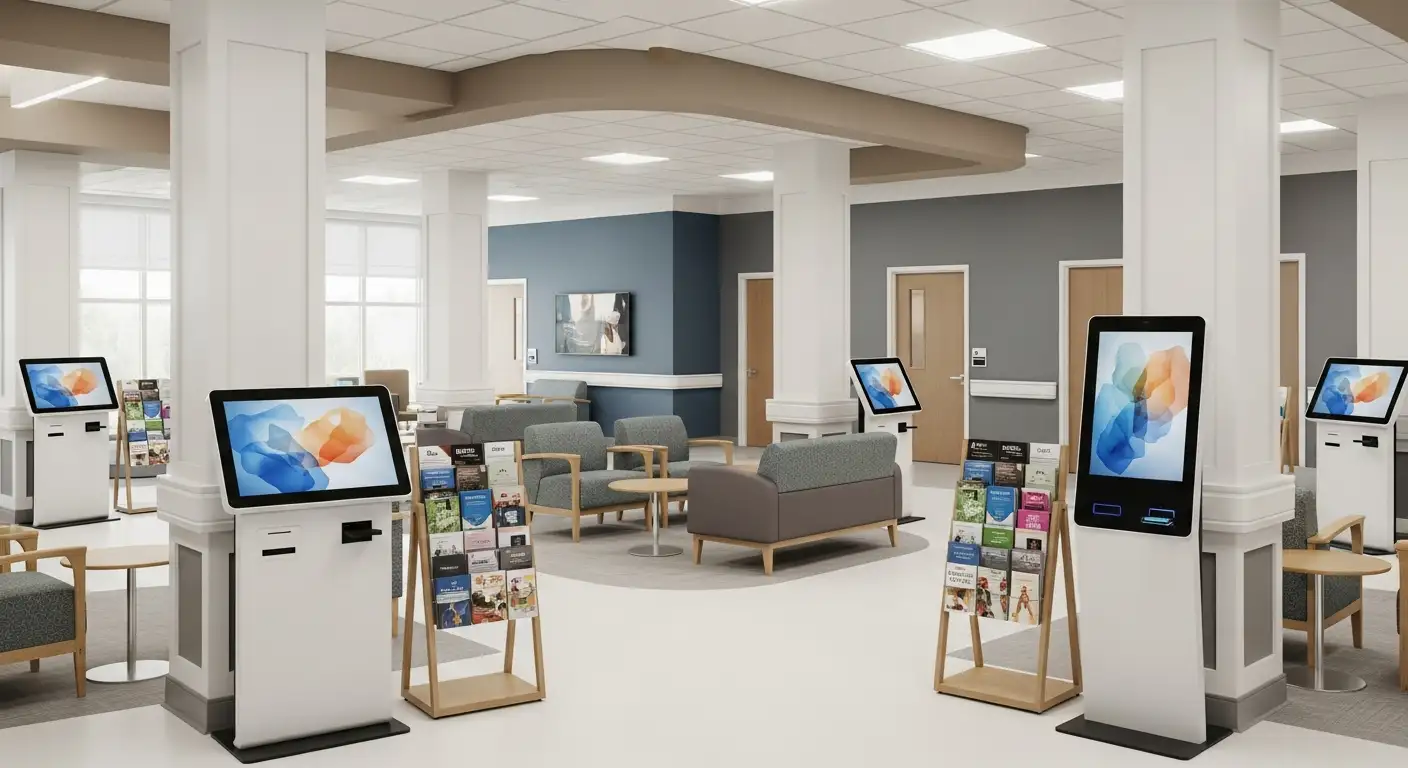Should You Track Your Health Daily? VitalTrak Says Yes
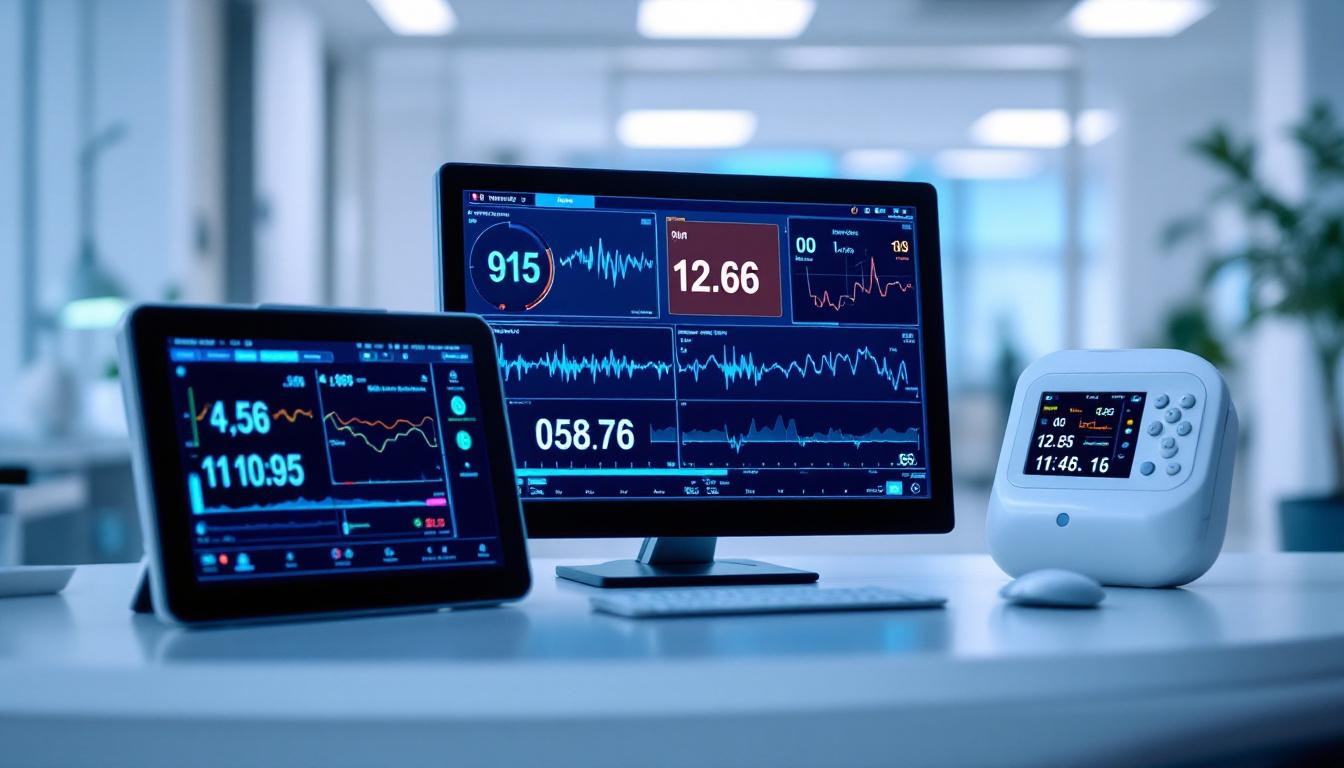
Why Daily Health Tracking Matters in Modern Wellness
In an era where personalized medicine and proactive healthcare are becoming the norm, daily health tracking emerges as a vital tool for individuals seeking to optimize their well-being. From blood pressure measurements to fitness metrics, maintaining a consistent record of vital signs enables early detection of health issues, better management of chronic conditions, and promotes overall wellness. Renowned health experts and innovative devices like VitalTrak highlight how regular monitoring can transform health outcomes, making it an indispensable aspect of contemporary health management.
The Benefits of Daily Health Tracking for Improving Overall Well-Being
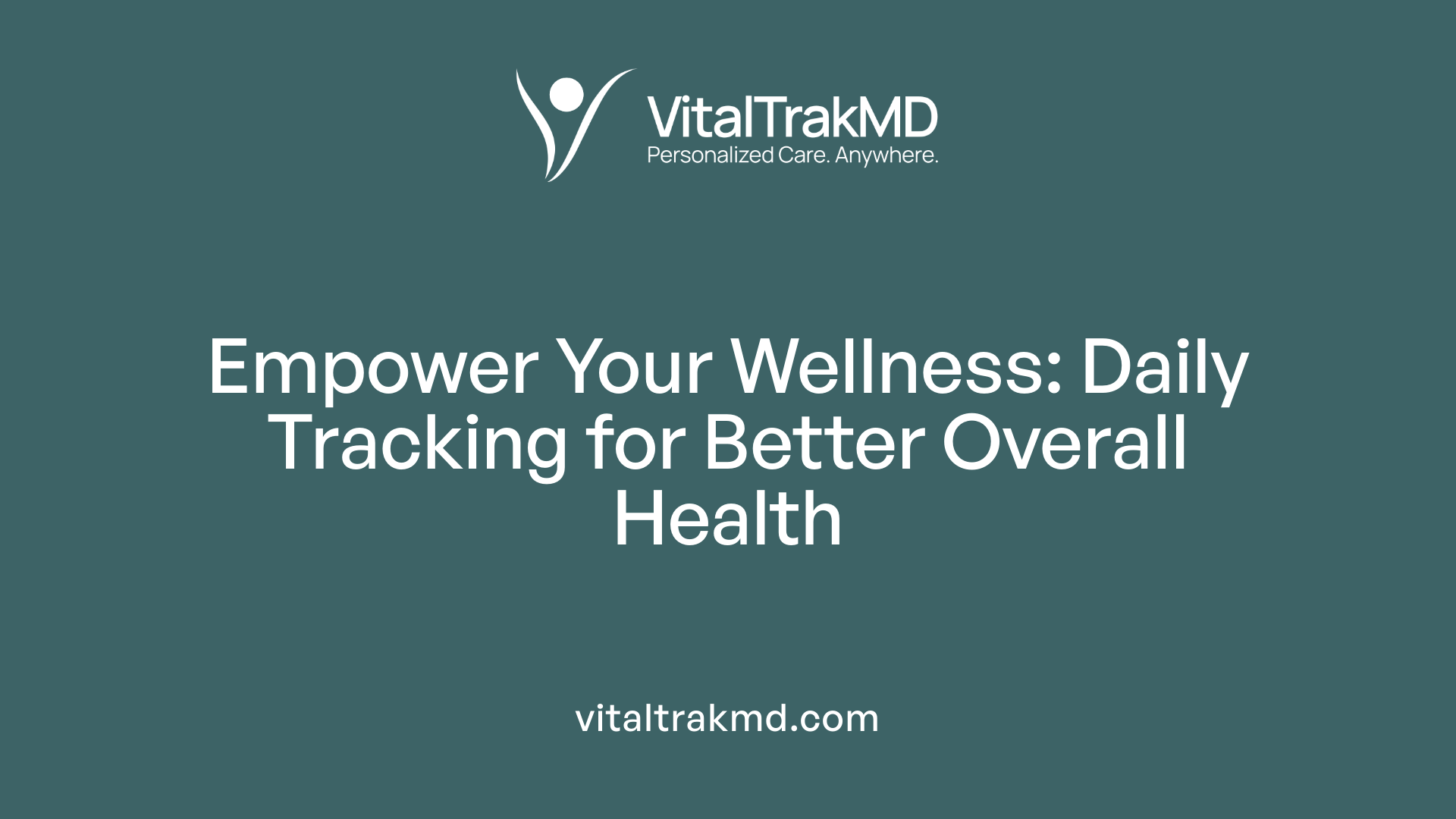
What are the benefits of daily health tracking for improving health management?
Regularly monitoring vital signs at home offers remarkable advantages in managing overall health. Devices like validated blood pressure monitors and wearable sensors—such as fitness trackers and rings—provide real-time data on key health parameters such as blood pressure, pulse, oxygen saturation, body temperature, and respiratory rate.
Using accurate, medically approved devices ensures the reliability of these measurements. Proper techniques, like sitting calmly for five minutes before measuring blood pressure and maintaining the device at heart level, improve precision. Consistent tracking helps identify early signs of health issues, enabling timely medical interventions.
By regularly reviewing this data, individuals can better understand their health trends and make informed lifestyle decisions. For example, detecting a pattern of rising blood pressure could prompt earlier consultation with healthcare providers or adjustments in diet, exercise, or medication.
Moreover, constant monitoring facilitates proactive health management, especially for those with chronic conditions like hypertension or respiratory issues. It also enhances safety by alerting to abrupt changes that may require urgent care.
Overall, daily health tracking empowers individuals to take control of their wellness, supports early diagnosis, promotes preventive care, and helps maintain optimal health over time.
Ensuring Accuracy in Home Blood Pressure Monitoring: Techniques and Device Selection
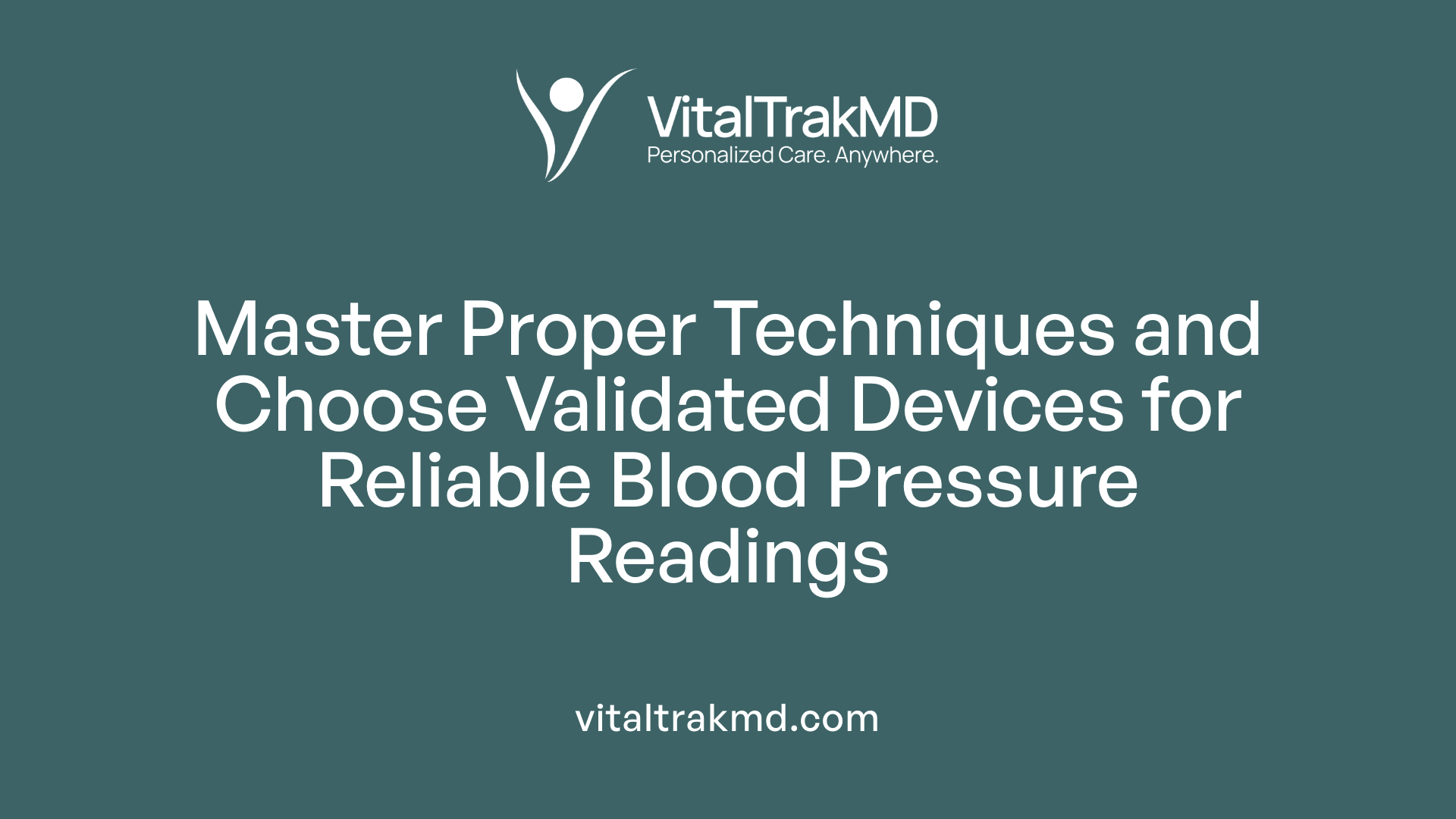
How reliable and accurate are home blood pressure monitors and what techniques ensure proper measurement?
Home blood pressure monitors can provide reliable data when selected and used correctly. Validated devices, which have undergone testing by reputable organizations like Consumer Reports or medical authorities, tend to be more trustworthy. Automated cuff-style monitors designed for upper arm use are generally the most accurate. Wrist and finger monitors, although convenient, often fall short in reliability unless carefully calibrated and used properly.
Proper measurement techniques are vital to ensure accuracy. Sit comfortably with your back supported, feet flat on the floor, and keep your arm at heart level during measurement. Rest for at least five minutes before taking a reading, and avoid caffeine, smoking, or exercise for at least 30 minutes beforehand.
It’s recommended to take at least two readings, spaced by a minute or more, at the same time each day to track consistent patterns. Verifying your device’s accuracy periodically with a healthcare professional can help maintain precision. Using a cuff that fits properly—neither too tight nor too loose—is essential, as an improper fit can skew results.
Regular, correct use of validated monitors helps ensure accurate blood pressure readings, which are crucial for effective hypertension management and overall health monitoring. Following these techniques provides reliable data to inform health decisions and improve outcomes.
Key Features to Consider When Choosing a Blood Pressure Monitor
What features should be considered when choosing a blood pressure monitor?
Selecting the right blood pressure monitor involves evaluating several critical features to ensure accurate and reliable readings. First and foremost, accuracy is paramount. Devices that have undergone validation by reputable standards and are listed on the US Blood Pressure Validated Device Listing or endorsed by Consumer Reports are preferable. These validated monitors reduce the risk of false readings, which can lead to misdiagnosis or improper treatment.
Ease of use is another vital aspect, especially for older adults or individuals with limited dexterity. Monitors with clear, large displays and straightforward operation help users take measurements confidently and consistently. Automatic upper arm cuff devices are generally more accurate than wrist or finger monitors, but proper cuff size and correct positioning are essential to maintain accuracy.
Data tracking capabilities can significantly enhance health management by allowing users to record and review readings over time. Devices with built-in memory or smartphone connectivity—using apps to store past data—enable users and healthcare providers to monitor trends and better understand blood pressure fluctuations.
Portability is beneficial for those who need to measure their blood pressure frequently or while traveling. Compact, lightweight devices with easy-to-adjust cuffs improve convenience. Additionally, cuff comfort is an important consideration, as tight or poorly fitting cuffs can cause measurement errors or discomfort.
Finally, it’s essential to verify if the device complies with medical standards or certifications, ensuring that the monitor meets regulatory requirements for safety and accuracy. Using validated and clinically approved devices helps ensure trustworthy blood pressure readings, forming a reliable basis for health decisions.
| Feature | Importance | Additional Details |
|---|---|---|
| Accuracy & Validation | Critical | Verifies reliability; look for validated models |
| Ease of Use | Ensures consistent use | Prioritize clear display and simple interface |
| Data Tracking | Aids long-term health management | Memory or smartphone app connectivity |
| Portability & Cuff Size | Convenience & Proper Fit | Compact devices with adjustable cuffs |
| Certifications | Guarantees compliance with standards | Look for approvals from regulatory bodies |
Monitoring blood pressure regularly with a validated device contributes to better disease management and early detection of issues like hypertension. When choosing a device, reviewing these features can help users select a monitor that best fits their needs and supports accurate health assessment.
The Advantages of Regular Health Monitoring: Early Detection and Prevention
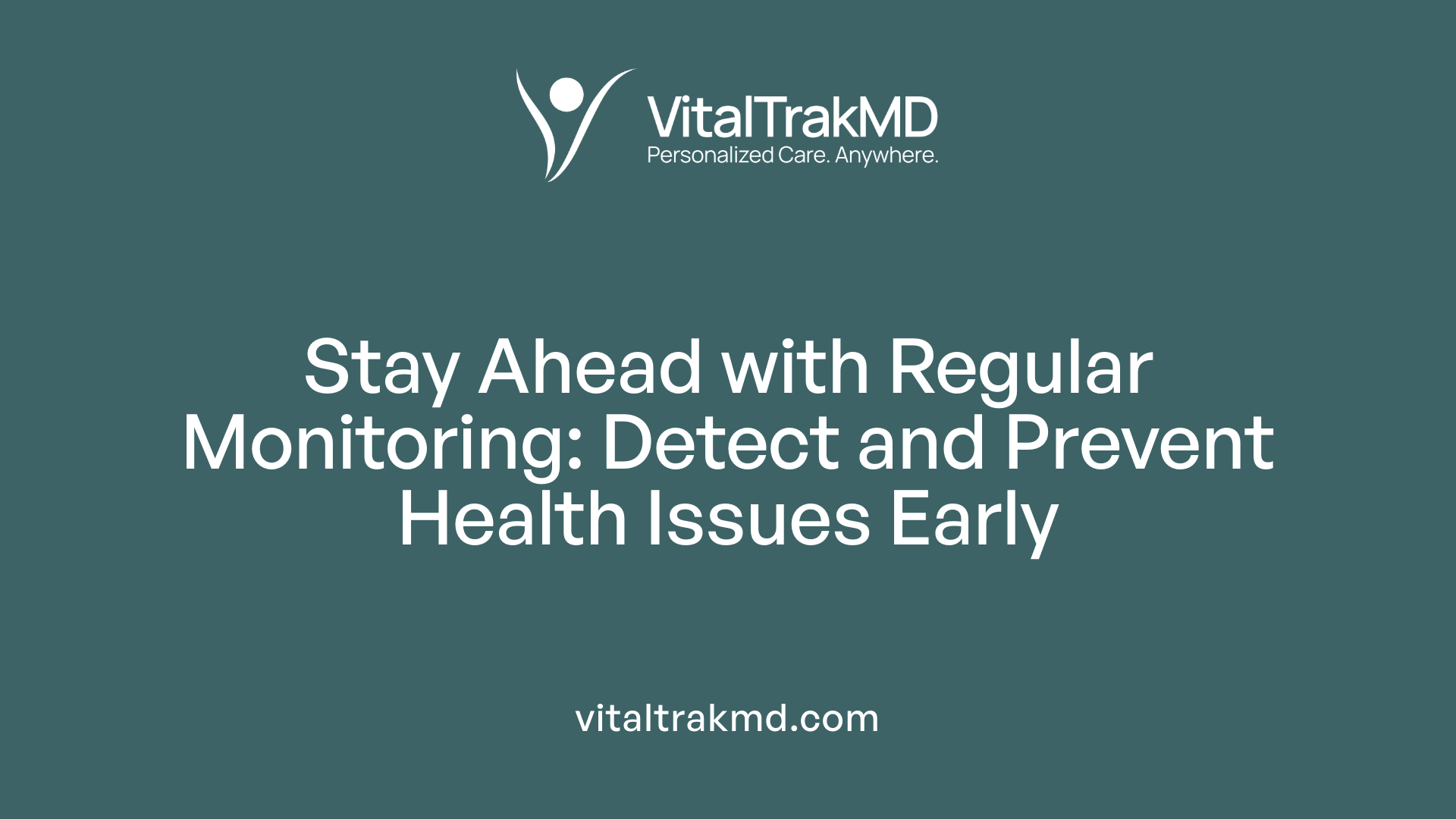
What are the benefits of regular health monitoring, including early detection of health issues?
Regular health monitoring plays a crucial role in maintaining long-term well-being. One of its primary advantages is the early identification of health problems such as high blood pressure, diabetes, and potential signs of cardiovascular disease.
By consistently tracking vital signs like blood pressure, heart rate, oxygen saturation, and body temperature, individuals can catch abnormal changes before they develop into more serious conditions. This early detection allows for timely medical intervention, which often leads to better treatment outcomes and reduces the risk of complications.
Routine monitoring also supports personalized preventive strategies. Healthcare providers can review collected data to tailor advice and lifestyle modifications, including diet, exercise, and medication adjustments.
In addition, regular health checks help minimize long-term health risks like stroke, heart attack, and chronic illnesses. Consistent data empowers individuals to make informed decisions about their health, boosting confidence and peace of mind.
For example, accurate home blood pressure readings help distinguish white-coat hypertension from sustained high blood pressure, improving management plans. Portable devices like Vitaltrack or validated cuff-based monitors facilitate easy, reliable tracking, fostering proactive health habits.
Ultimately, regular health monitoring is an essential aspect of preventive healthcare. It not only enables early diagnosis but also encourages a healthier lifestyle, reducing the need for invasive treatments and lowering healthcare costs over time.
Home vs. Clinical Blood Pressure Measurement: Benefits and Limitations
How do home blood pressure measurements compare to clinic readings, and what are their respective benefits?
Home blood pressure monitoring typically produces lower readings than those taken in a clinical setting. The difference averages around 20 mmHg for systolic pressure and about 4 mmHg for diastolic pressure. This variation is mainly due to reduced white coat effect when patients measure their blood pressure at home. Regular home monitoring offers the advantage of capturing more representative data of an individual's usual blood pressure over time.
Studies find a positive correlation between home and clinic measurements, with home readings often providing a more consistent and personal insight into blood pressure trends. This enables better management of hypertension, especially if measurements are taken regularly in the morning and evening.
Clinicians value home measurements for their role in ongoing hypertension control and treatment evaluation. They are particularly useful for identifying phenomena like white coat hypertension, where blood pressure is elevated in a clinical environment but normal at home, and masked hypertension, where the opposite occurs.
While clinic readings are crucial for initial diagnosis, home monitoring allows for frequent assessment, supporting treatment adjustments and early detection of abnormal trends. Combining both methods offers a comprehensive approach, with home measurement enhancing the accuracy and personalization of hypertension care.
The Role of Digital and Connected Devices in Daily Health Tracking
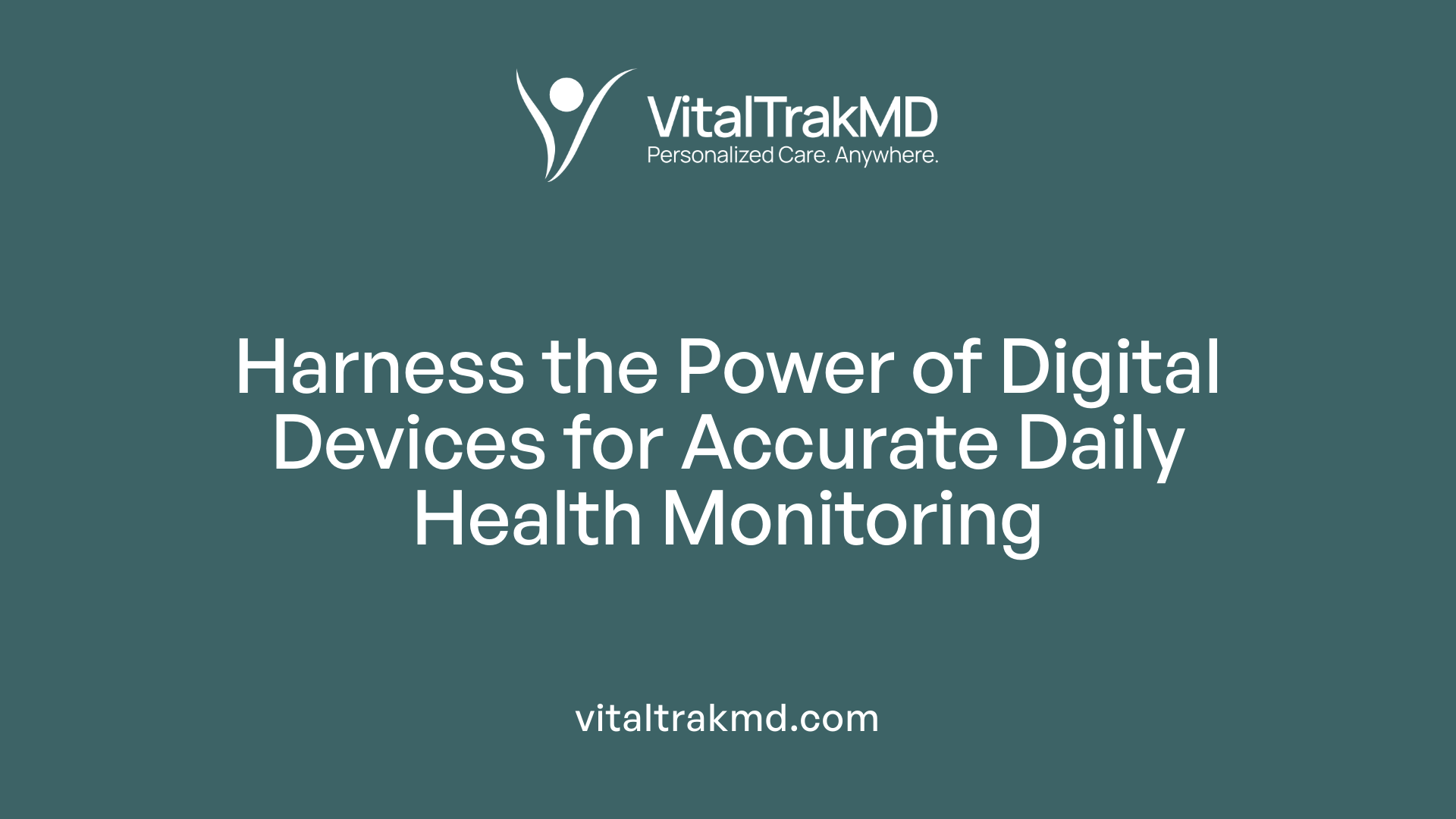
Are health tracker apps accurate for monitoring blood pressure?
Many health apps and wearable devices claim to monitor vital signs like blood pressure, but their accuracy can vary widely. Apps that use cameras or rely solely on algorithms to estimate blood pressure generally provide less reliable results than traditional devices.
Most FDA-approved blood pressure monitors are validated through rigorous testing, but many commercial apps and fitness trackers have not undergone such validation. Without this testing, their measurements should be viewed with caution.
There is no universal standard for validating cuffless or app-based blood pressure devices. As a result, their readings can be inconsistent, influenced by factors like movement, positioning, and calibration.
To ensure reliable blood pressure tracking, users should opt for devices listed in reputable validation registries, such as those maintained by the American Medical Association or specific health authorities. Using a validated device, combined with proper measurement protocols, provides the most accurate and useful data.
While digital health tools can supplement traditional methods, they should not replace validated devices for critical health decisions. The emphasis remains on using clinically tested and validated monitors for accurate, daily blood pressure monitoring.
Ensuring Accurate and Effective Daily Monitoring: The VitalTrak Advantage
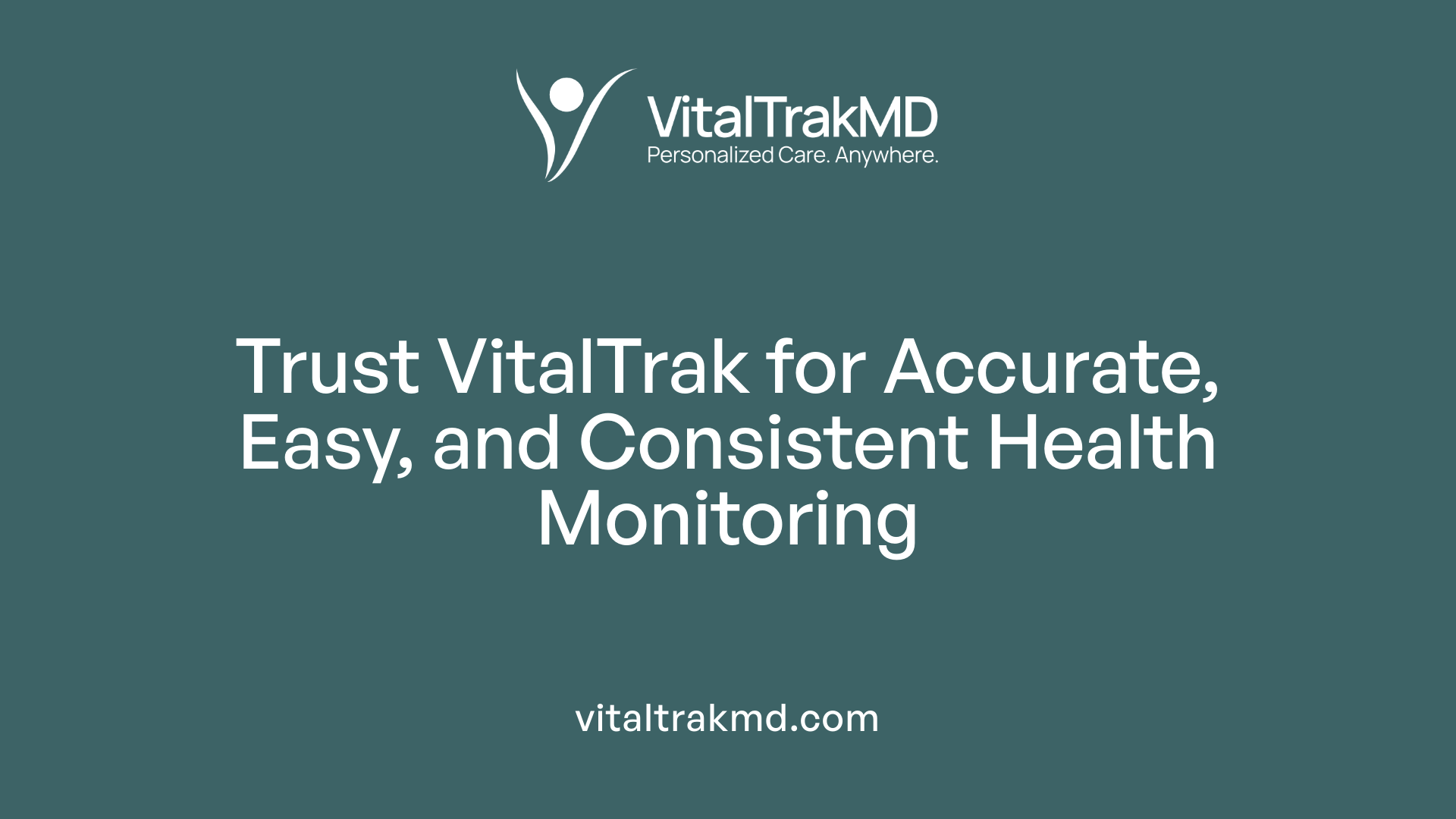
Is the VitalTrack Pro blood pressure monitor accurate and suitable for regular home use?
The VitalTrack Pro monitor stands out for its medical-grade accuracy, meeting stringent standards that ensure reliable readings comparable to clinical devices. Developed with healthcare experts, it delivers precise measurements without the need for calibration, making it ideal for daily home monitoring.
This device is designed for ease of use. Its straightforward setup allows users to start measuring blood pressure quickly and comfortably, without complicated instructions or technical hurdles.
A key feature of the VitalTrack Pro is its automatic data storage. It can save up to 100 readings, enabling users to track their blood pressure trends over time. This is particularly useful for managing hypertension, sharing data with healthcare providers, or observing the effects of lifestyle changes.
Additionally, the monitor supports multiple users, automatically distinguishing between different sets of data, which increases its versatility for families or shared households. Its capacity for long-term tracking helps users develop a comprehensive understanding of their health patterns.
Overall, VitalTrack Pro combines accuracy, user-friendly operation, and robust data management—making it a dependable tool for consistent health monitoring at home.
Harnessing the Power of Daily Monitoring for Long-Term Health
Incorporating daily health tracking into your routine is a proactive approach to safeguarding and enhancing your well-being. Devices like VitalTrak exemplify how modern, validated technology can provide accurate, real-time data—crucial for early detection, managing chronic conditions, and making informed lifestyle choices. Whether it’s blood pressure, oxygen saturation, or vital signs, consistent measurement fosters a deeper understanding of personal health and helps prevent serious health issues before they escalate. As healthcare continues to evolve toward personalized, data-driven care, embracing daily health monitoring remains a cornerstone of effective prevention and optimal health management. By leveraging reliable tools and expert guidance, you can take control of your health effectively and confidently.
References
- Measuring Blood Pressure With a Wearable Device
- Vitaltrack® Blood Pressure Monitor – Accurate, Easy to Use, Medical ...
- Measuring vital signs - how health tracking makes sense - medisana
- Should You Start Monitoring Your Health? - AG Urgent Care
- When and How To Take Your Blood Pressure
- Why the Best Place to Check Blood Pressure May Be at Home
- 8 Best Blood Pressure Monitors for Home Use, According to a ...
- 5 Important Vital Signs You Should Track at Home - Banner Health
Recent articles
Want to Feel Better and Live Healthier?
Join hundreds of patients taking control of their health with personalized care that fits their life – not the other way around.
Rated 4.8/5 by 32+ customers





